SPECIALIZATION AND TERRITORIAL COMPETITIVENESS PROJECT (PECT) LITORAL BESÒS TERRITORI SOSTENIBLE.
| Project marc: | P1. Hub of knowledge for sustainability - Applied research - Processes for the improvement and sustainable use of water and coastal resources in the Besòs environment" |
| Operation: | 1. Research for sustainability |
| Action: | 1.2. Sensory Monitoring of the water quality of the Besòs River |
| Funding entity: | Funds FEDER |
| Financial entity code: | 01-P-000804 |
| Organization where it is developed: | Government of Catalonia. Department of Social Action and Citizenship (DASC) |
| Beneficiaries: |
|
| Financing: | 550.500,00 € |
| Start date - Final date: | November 2017 to December 2020 |
This action is part of the challenge of the Sant Adrià Town Council and the Consorci del Besòs for the management of the municipal waterway. In the "Solutions for sustainability in the management of water resources: sustainable use of water potable", the aim is to reduce the impact of the scenarios of heavy rainfall and frequent seepage overflows, which represent poor quality scenarios. Water on the beaches near the mouth of the River Besòs, using the surplus of phreatic waters to improve the quality of the riverbed, instead of its shipment to the sewer system.
To evaluate the degree of improvement provided with this solution, action 1.2. It develops a Besòs river water quality measurement system that provides long series of data in real time and in different spaces. Two monitoring platforms are developed that have been installed in two different locations. One in the sea, in front of the mouth of the river Besòs (N1) and another at a point in the course of the river Besòs (N2).

Description monitoring platform N1
This monitoring platform uses a surface buoy anchored in the sea, 544 m from the mouth of the river Besòs. This monitoring platform uses a surface buoy anchored in the sea, 544 m from the mouth of the river Besòs.

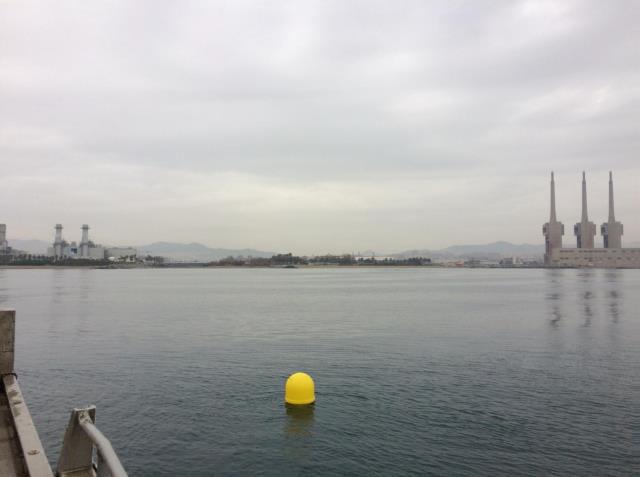
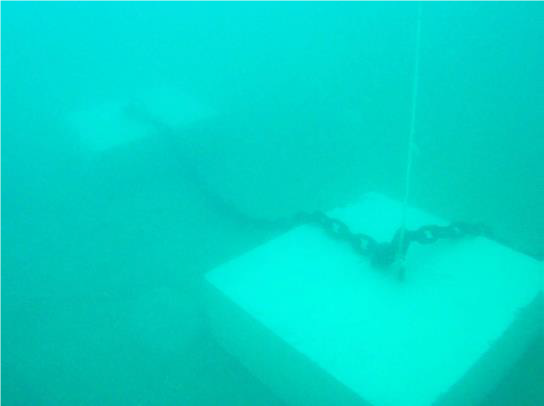
The buoy has solar panels and the accumulators necessary to provide energy to the submerged measuring instruments, and to the cellular communication systems, that goes on surface outside the water. These devices will be mainly a router with wireless communications (GSM), and a control electronics in charge of the acquisition of instrument data. The available instruments are a multi-parameter probe of the B & C Electronics company and a C3 fluorometer from the Turner Designs company. The probe allows to measure pH, conductivity, temperature, depth, oxygen dissolution, NTU and redox and the fluorometer measures cdom, refined hydrocarbons and fluorescence.
The buoy complies with the existing regulations, including the necessary day and night signaling elements.
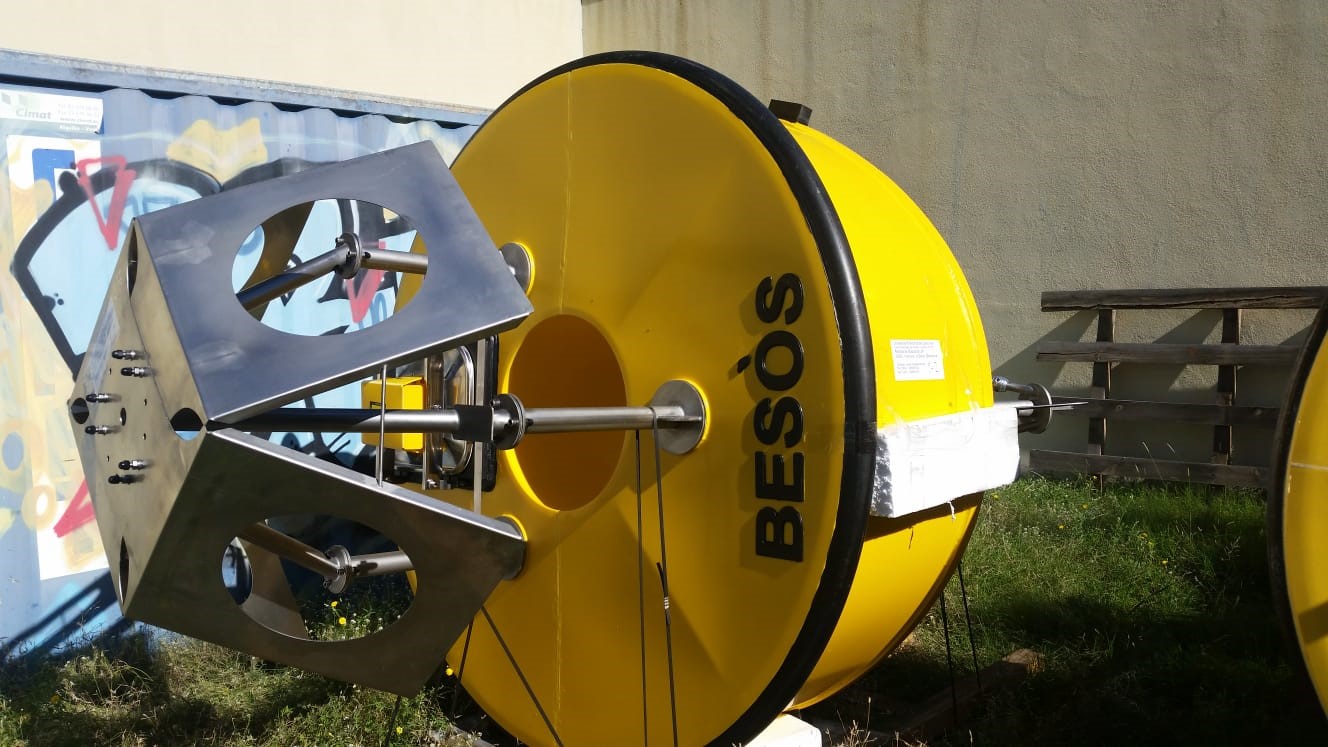

Description monitoring platform N2
The execution of this action has as an objective to deploy a probe measuring different parameters of the water of the river Besòs. In order to carry out the deployment, a casket has been placed, with a metallic lid and closed with a key to protect against vandalism, next to the installation of the inflatable dam located on Avinguda de la Catalan 171 of Sant Adrià de Besòs.
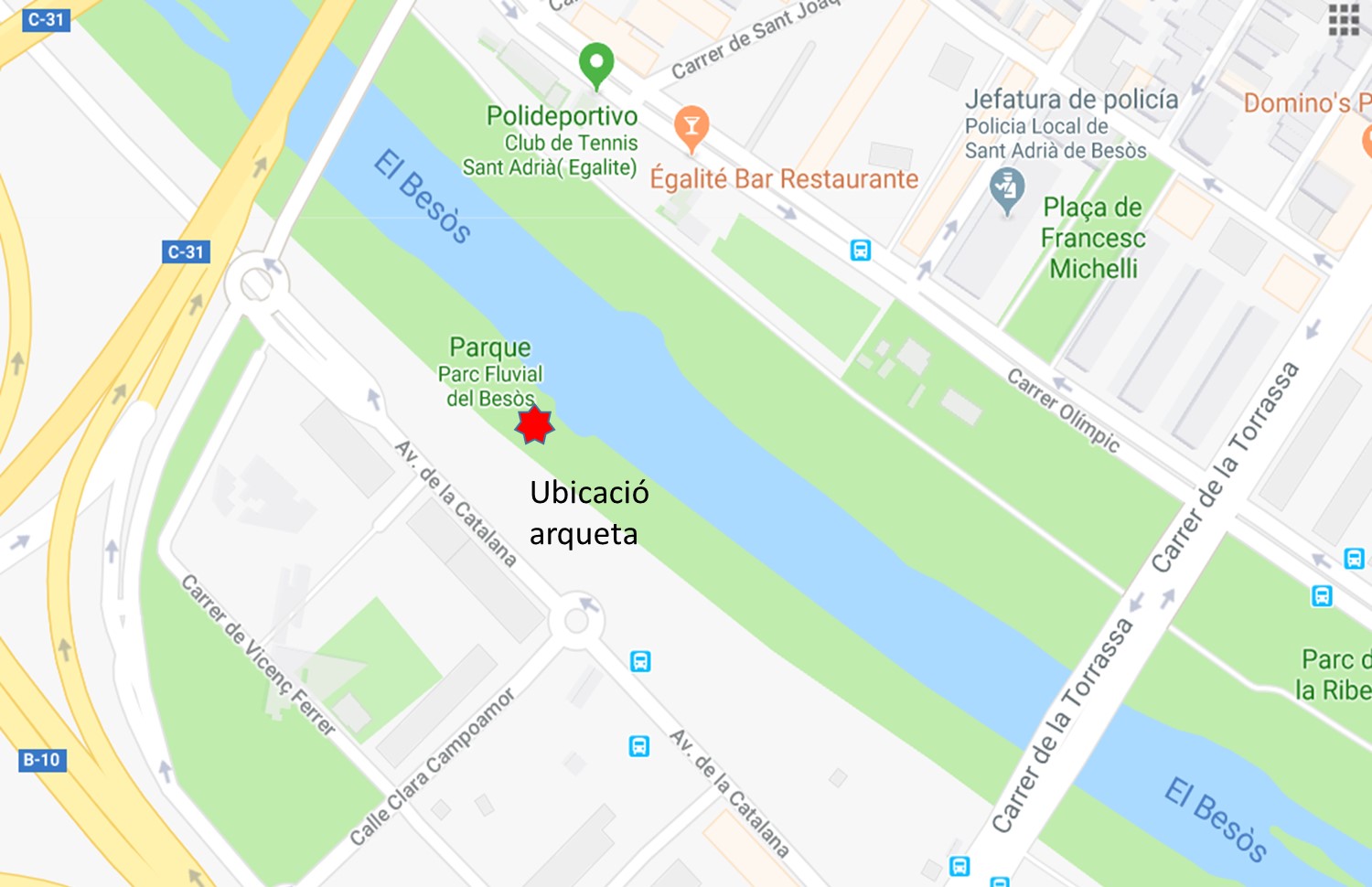
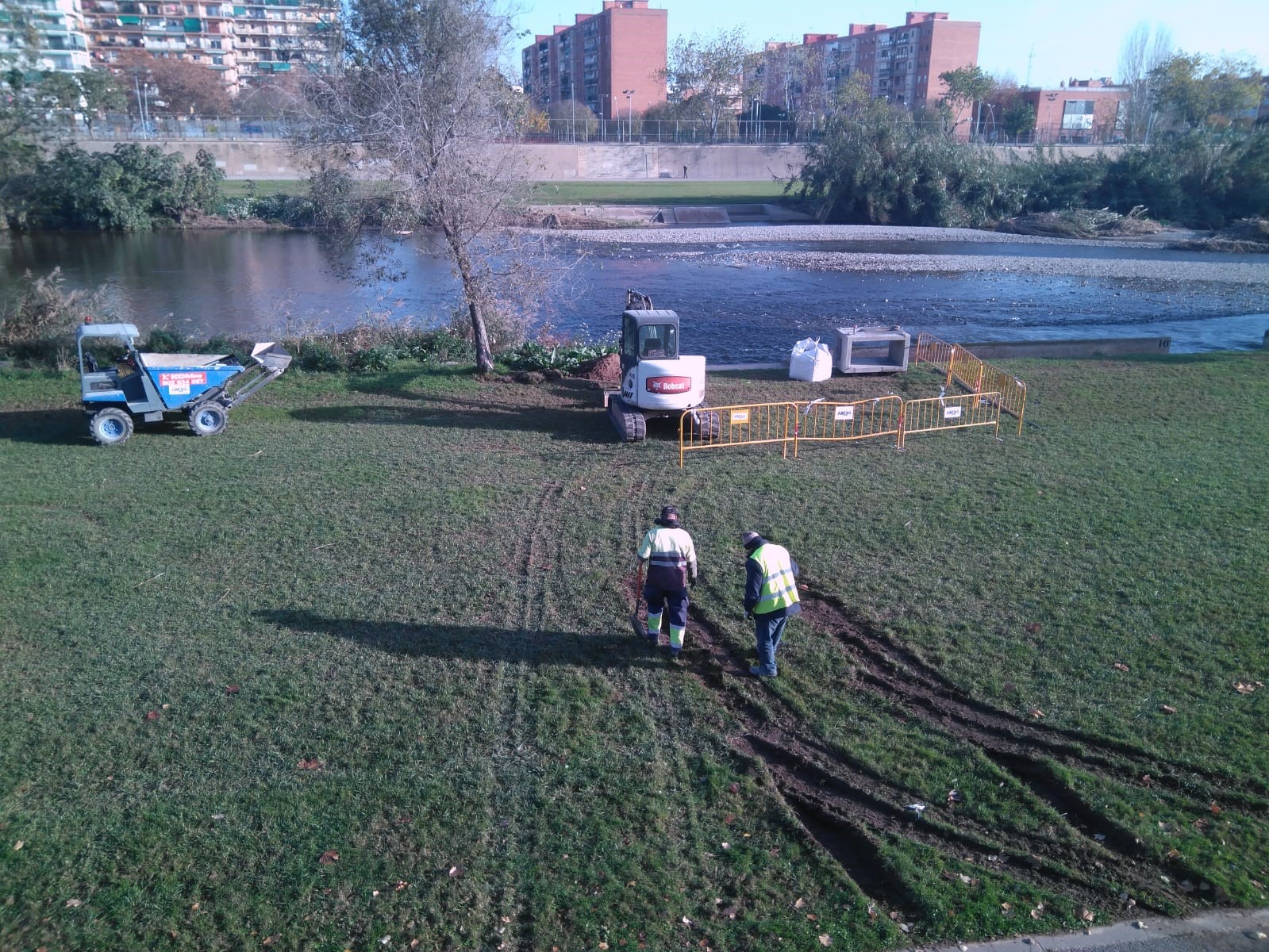
From the chest, a PVC pipe of approximately 6.5 cm in internal diameter and 5 m in length, that allows you to take samples of water from the river. Inside this PVC conduction there is a sleeve where the water pressure is made for the measurement and its return is done for the conduction of PVC to the riverbed. "
Inside the chest there is the hydraulic system, where the main element is a water pump in charge of providing the water sample of the river to the multi-parameter measurement probe, and the electronic control and communications system. The multi-parameter probe equals that of the N1 platform. Figure 5 shows a block diagram inside the chest.
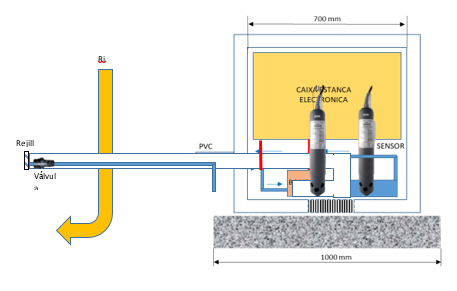
All teams that are vulnerable to moisture and water are located in a sealed box of Inox inside the chest. These equipments are the batteries to provide electrical energy, a GSM communications router and a control electronics (microcontroller) in charge of:
- The communication of the data of the multi-parametric probe with the router.
- Store the data in case you do not have coverage.
- Give the order of connection and disconnection of the water pump.
- Monitor the condition of the chest (humidity sensor and water level).

